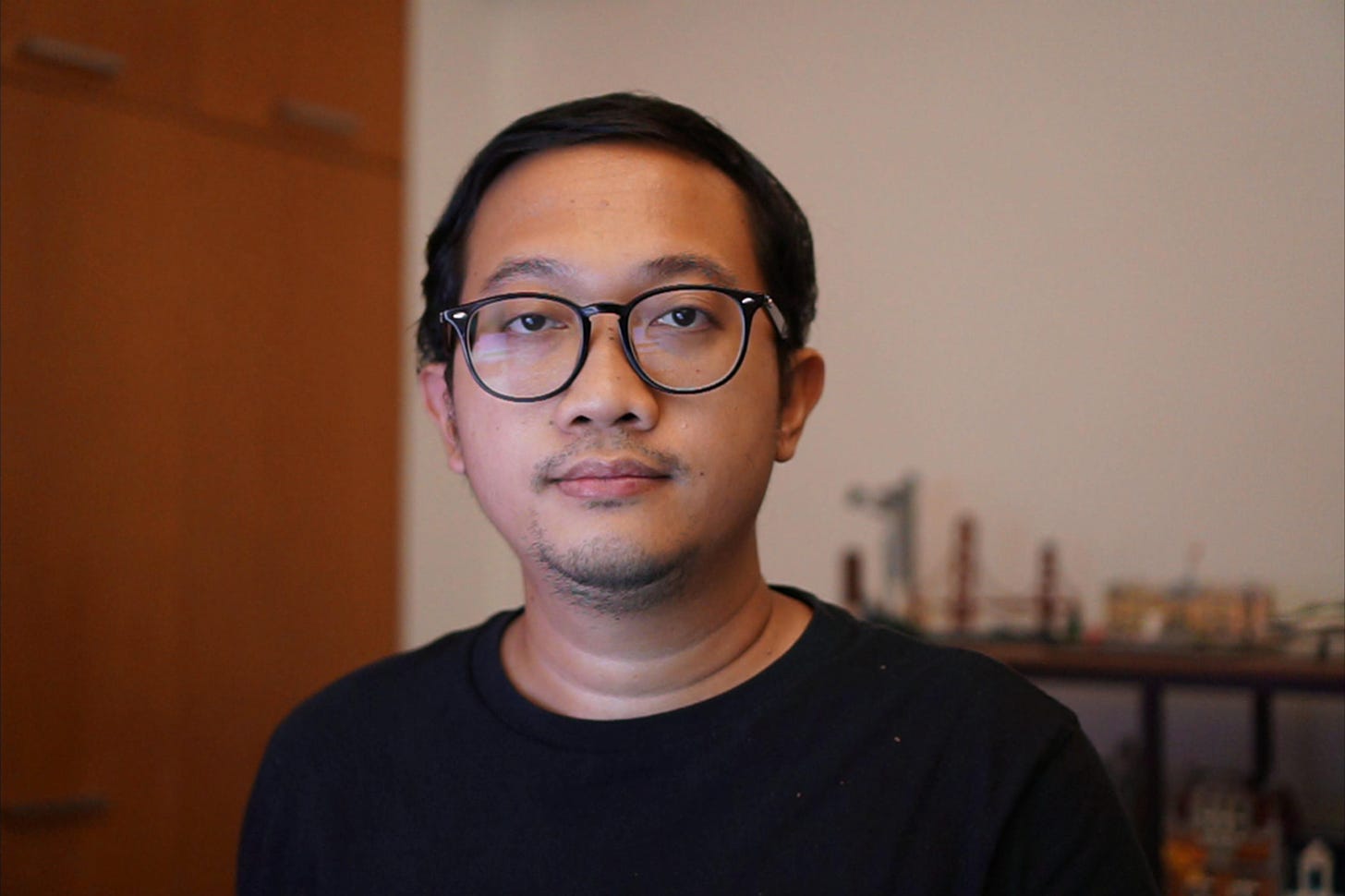Great to see you here!
Who am I?
Hello, I am Sigit. I’ve been designing user interface and experiences since 2008. I’ve worked in various companies and industries — from IT, e-commerce, banking, travel and media, in different scales and impacts. From being an individual contributor, to being a manager. From handling one simple portfolio, to multiple portfolios that spans geographies. From startups to multinational corporations.
In the past, I’ve worked mostly for big corporations, like DBS Bank, Oracle and Expedia. However, I’ve also tried startups (Bukalapak) and agency (Ice House).
More on that on my website.
What is this blog about?
This blog is an attempt of me to refute, challenge or refresh what I’ve learned and observed about UX design as a career and industry, throughout my 10+ years career as a product designer.
There are mainly two things I am passionate about.
Cultural differences and inclusivity
Often time, many of the established perspectives about UX were derived from the ideals of the “common” — but these commons are problematic in many ways. These commons can be biased towards the western, developed, single-language world. Compared to design in general, UX isn’t a truly inclusive practice — within itself, and for the users it serves.
I feel like there is a lot of things that can be done with good UX to create better experiences for people. Not just for people in the urban centres, but for people in villages, towns. Not just for people in the developed nations, but people in the developing, struggling nations. Not just for conversions, but for impact. Not just imagining the next big thing for flights and cars, but big thing on fixing how they can actually help the wider community, not just the working class, or the elite class. How to design better experience that creates a lasting impact, that solves a real-world problem, and considers how it improves the quality of life of the “forgottens”.
Mental health and career development
Being a product designer is just the same as other career. Especially in tech, it is wildly demanding. At some point, it was a honeymoon. You get paid handsomely, you get to work on important mission. But as some point along the way, you realise it’s just another job in another business. It can mean burnout. The job you think is the best job in the world is no longer true. Mental health suffers. Covid-19 made it worse. I am here to discuss this dark side of being a product designer: the stresses, the midnight cries, the anxiety… and try to learn from my own experiences.
Second — the gatekeeping. When I started my career in UX, there was no such terminology as “UX”. It was all just designing UIs. The more UX matures as a field, the more it is systemised, formalised.
This is good to some extent, so that it’s more inclusive and anybody can learn to get into UX. But, at some point people start to think they hold the wisdom to it all.
Ironically, a lot of designers and companies have different ways understanding what UX should be, and it’s become very saturated. One designer would say that to make a good portfolio, you should do A. The others say B, C and Z. One company would say “this is what we think UX should be”.
What’s even more problematic is, we all keep “progressing” but we have left those who start the journey (“the juniors”, we all say) stranded behind and confused. “What am I supposed to do then?”
I do not want to add to the saturation. I just want to try to seek clarity here. I don’t have all the answer, but I can try. What people say, I try to discuss. Challenge and refute if need be. Because — there’s not one side of everything.
Why “Unlearn”?
It is useful for us to take a step back to unlearn everything we know about UX, design or product and see if we can be more open to learning new things, including uncomfortable truths, as futurist and philosopher Alvin Toffler once wrote:
The illiterate of the 21st century will not be those who cannot read and write, but those who cannot learn, unlearn, and relearn.
If there is one most important thing that I learned from my career so far, it’s this: companies and products try very hard to solve business problems, and they are probably pretty successful with it, but often time, at a cost: without considering the human or cultural problem.
There is nothing wrong focusing for business, but, to solely focus on it, I feel like we’re missing out a lot of opportunities. I think we can be profitable, but still impactful or be relevant to the market. If you want to win that market, then, by all means, understand that market. If you already make a profit out of a market, it’s always better to contribute something to that market by going deeper and making better product for that market. It’s a win-win solution.
This isn’t a journey of preach. This is more a journey of discovery. I am still learning, and I am asking you to also get onboard and learn the same. With each post, I will highlight some of the finer examples of products or companies who go the extra mile to understand its users, and take something away for us to learn, and apply in our own products.



